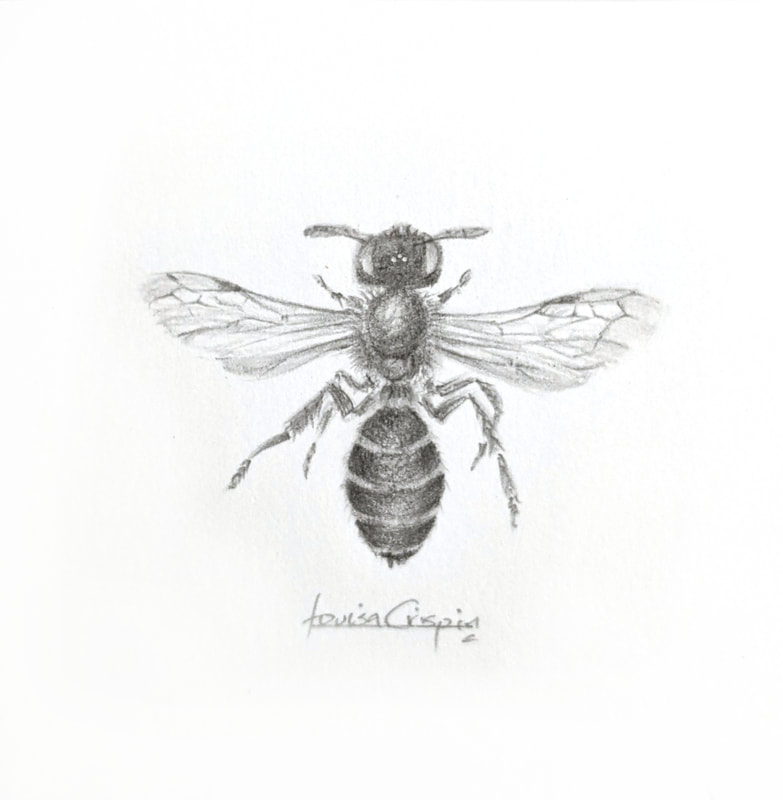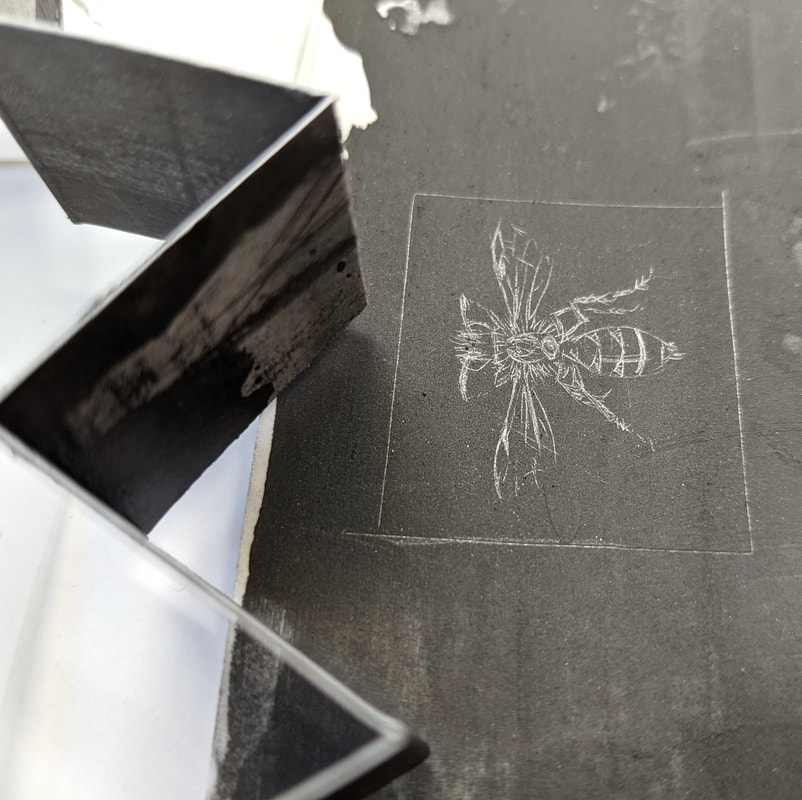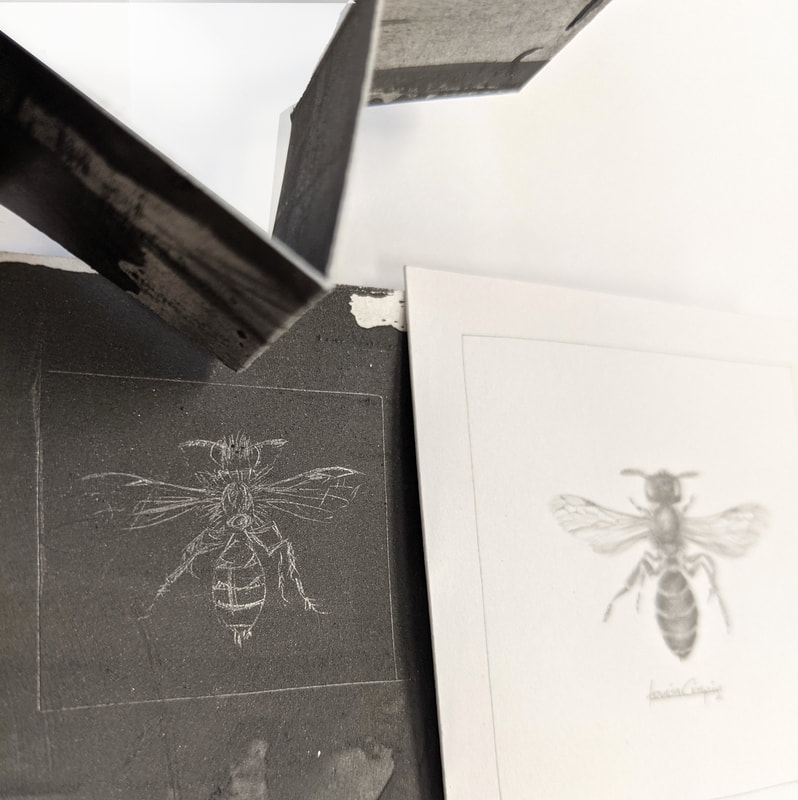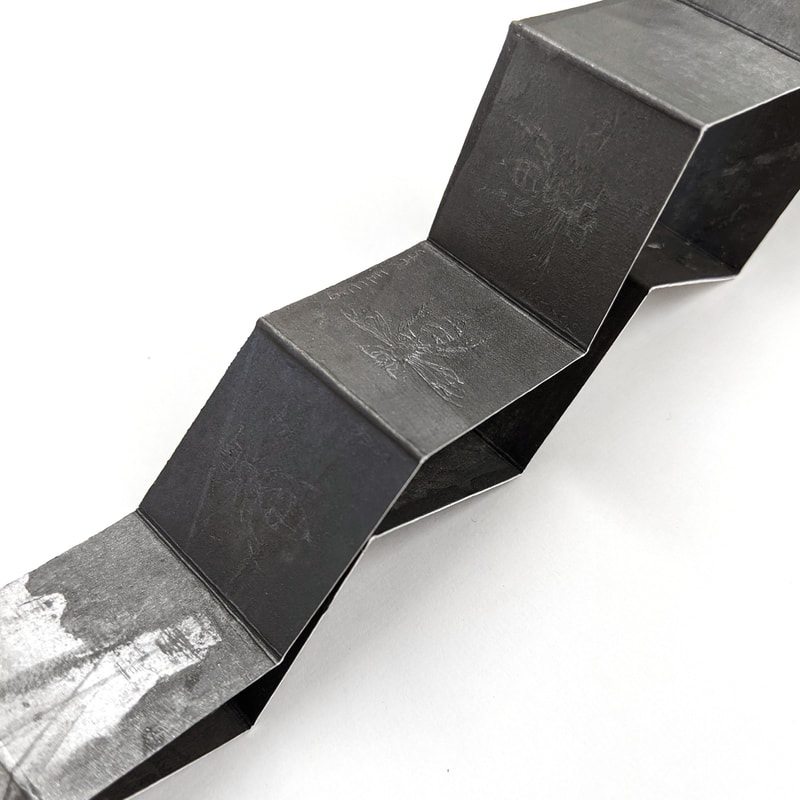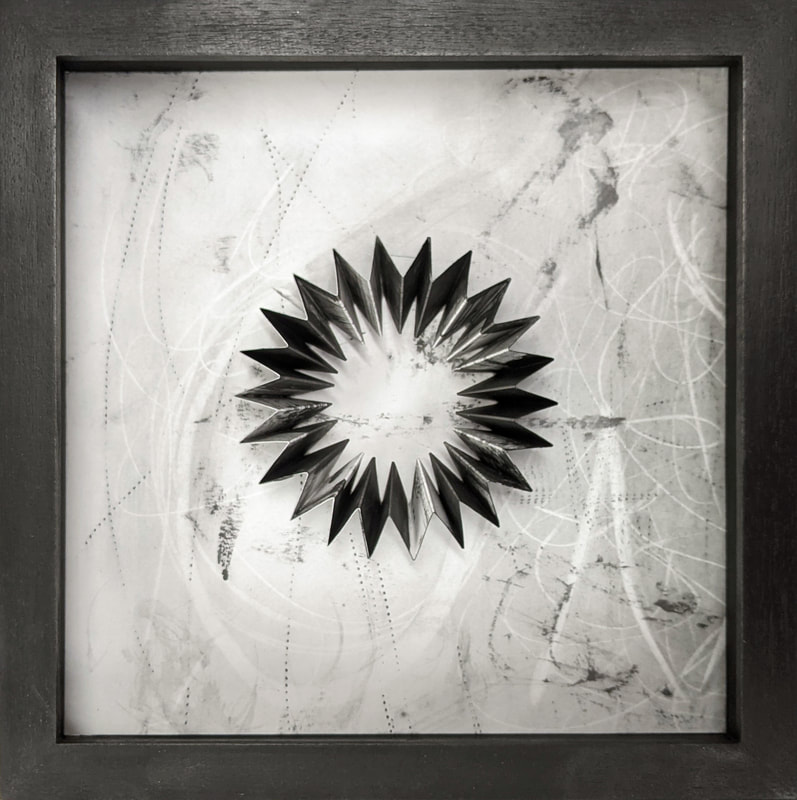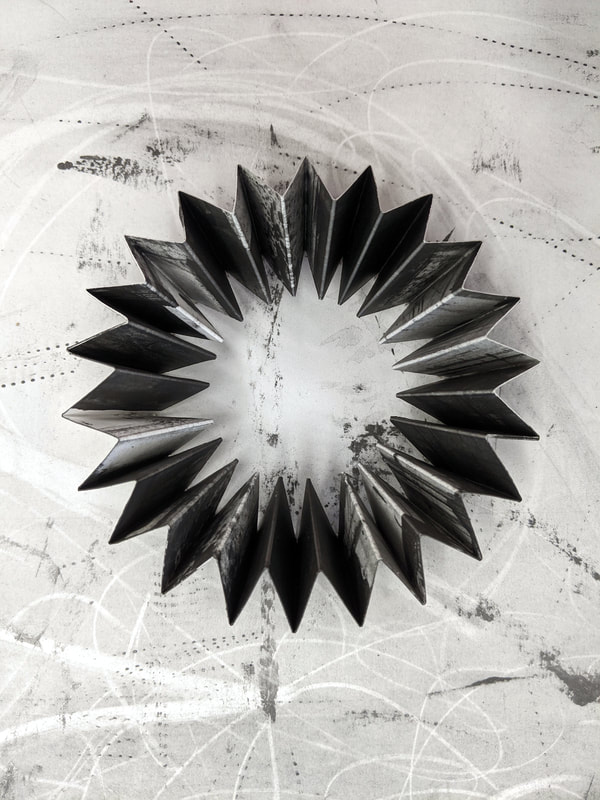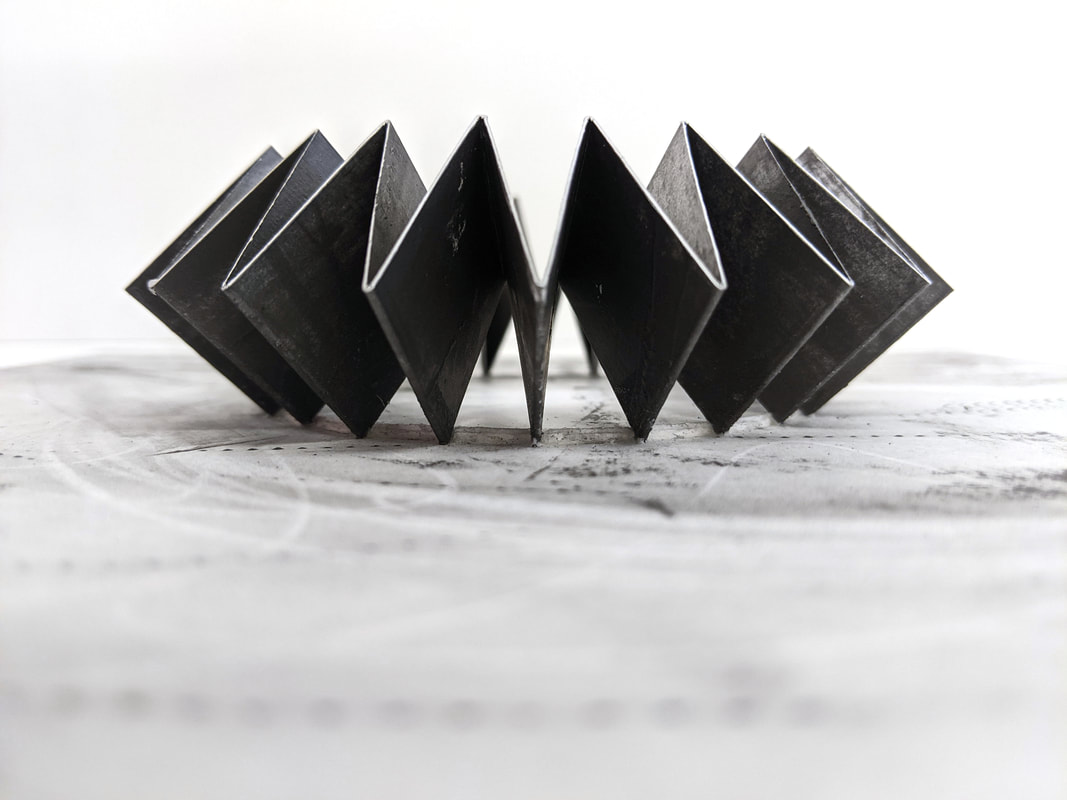Apart from our British enthusiasm for lists, these recordings give valuable insights into the changing environment which can help make conservation decisions and give early warning to the impacts of habitat loss. We may use the information to pursue protection from developments (such as protesting against the building of a Theme Park alongside Swanscombe Marshes). Long term recording helps to identify trends, often early warning systems particularly for what is known as "indicator species" - the annual Big Butterfly Count falls into this arena, encouraging everyone to become a citizen scientist for a few days each year. The information may also be used to obtain funding grants. I've been learning about IRecord through a new Insect Watch group based at Rye Harbour Nature Reserve. Although many visitors come for the birds, the Reserve is a haven for some rare flowers and insects which are largely unrecorded. Barry Yates is keen to change this. We talked about the way we could record them, from random sightings, regular transect walks or timed blitzes such as FIT counts (watch a patch of flowers for 10 minutes and see what turns up). Simply taking a photo every day or week from the same spot could be the beginning of a new interest. I certainly found spending more time in my garden just looking last year was fascinating and I was overwhelmed by the number of different insects I found (see my Nature Blog for more information). There's some more ideas of how you can get involved and some support groups here. I learned recently that Swifts have been added to the UK Red List. One of my favourite summer sounds is the local Swifts screeching overhead as they swoop and dive in their efforts to find food. A few years ago I met a local enthusiast who was petitioning Tunbridge Wells Borough council to include Swift nesting bricks in all new housing developments. A quick search on Swiftmapper shows sighting records for 2017 and 2018 but she has since moved away and our local population is no longer being recorded although I know they have kept steady numbers here. There's a brilliant article written by Dave Gorman here and you can get involved recording Swifts here. So what does this all have to do with my bee? I'm sure that BWARS (Bees, Wasps and Ant Recording Scheme) have searched extensively but it's a very small bee in a large country and can we be sure there are not small populations hidden on a private estate or hard to reach places? The fact that there have been so few sightings made me wonder about how it has been recorded at all? Are we looking hard enough and how can I get more involved? The historical information recorded for this bee helped me to accurately complete the first observational drawing using photographs of specimens from Steven Falk's Flickr account. "On digging out a specimen it was found that the upper section of the main burrow was constricted and it was in this part that the female guarded her nest, her head exactly filling the entrance. So tight was the opening that a pollen-laden female returning to her nest deposited a ring of pollen around the burrow mouth, this being accidentally scraped off her hind legs as she entered. The female's large head and narrow, cylindrical body are presumably adaptations for such a nesting habit." (source: BWARS). This combination of observation and information helps to identify what is important about this particular bee thus informing looser sketches and the overall design. Although there are populations of this species in Europe, it is hidden or missing from the UK and this fitted well into my FlightPath "Glimpse" series of work, where we are required to look closely at the folded pieces to find the insects. The background reflects the movement of bees as they search for partners, nesting sites, pollen and nectar. The concertina is a dark memory. The bees are lightly scratched ghosts, almost impossible to see once the folding is complete, but we know they were there. This is the fifth year of the Fifty Bees Art Project and I am thrilled to be part of this amazing group once again. The Exhibition will take place at AceArts in Somerton from 9 April to 14 May. Pop over to the FiftyBees Instagram for more sneaky peeks at what has inspired us:
2 Comments
Wendy Hazell
19/5/2022 11:38:37 am
I really admired your work when I visited the Graphic fine art exhibition at the Mall galleries yesterday Louisa. Great that you are promoting bees.
Reply
Louisa Crispin
20/5/2022 09:59:59 am
Thank you so much Wendy - it's a fabulous exhibition.
Reply
Your comment will be posted after it is approved.
Leave a Reply. |
Studio BlogWhen there's something happening in the studio you might like to know. If you would like irregular email updates for this blog and/or my Nature Diary or FlightPath Project, you can sign up here:
Archives
January 2024
Categories
All
|
Louisa Crispin
|
Oak Cottage, Talbot Road,
Hawkhurst Kent TN18 4LU (UK) |
|

